-15 % sur votre première commande
rentrez votre email pour recevoir le code
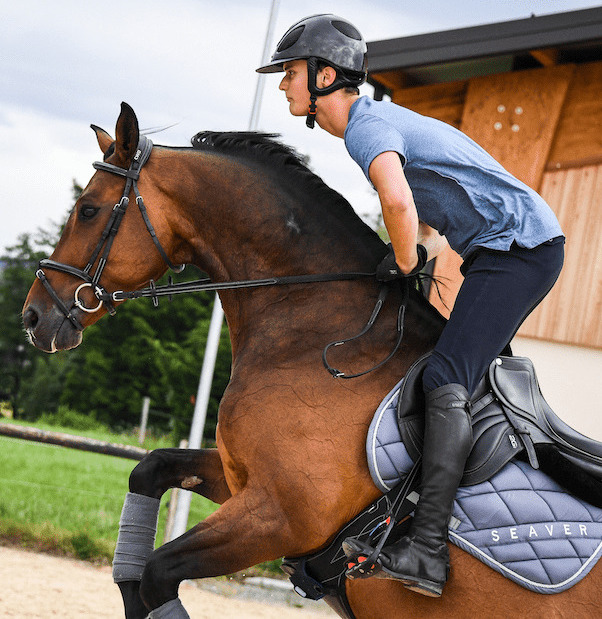

Le paiement x10 disponible sur la boutique ! Commandez votre airbag SAFEFIT pour 50€/mois
mercredi, 4 avril, 2018
- by Dr. Justine Guillaume, whom we thank a lot 🙂 -
After the winter break and before starting specific training, the development of the horse’s cardio-respiratory system is often a key step towards building and obtaining an optimal body condition.
You will find in this article 3 training sessions that will help you to work your horse’s cardio-respiratory system properly, and steady endurance training in particular.
This cardio-respiratory solicitation will generate essential physiological adaptations, such as:
- Optimizing the horse’s cardiac function
Muscling the horse’s heart means helping him adapt to efforts by increasing the blood flow he will be able to handle at each beat. The more your horse improves, the more efficient his heart becomes; by gaining in muscle, the heart will not need to beat as fast anymore to deliver the same quantity of fresh blood to the entire body, and the muscles in particular. The muscles will dispose of more fresh oxygen and thus be able to produce more energy thanks to the aerobic mechanism.
- Developing the capillary and mitochondrial networks
The cardio-respiratory solicitation allows the development of more efficient capillary vessels inside the muscles. These vessels thus deliver a larger amount of oxygen to the muscular cells. This also leads to an increase of the number of mitochondria, which is important considering the mitochondrion is considered as the “energy powerhouse” of the cell, because the last steps to transform the energy of the organic molecule from digestion (glucose) into immediately available energy (ATP) happen there.
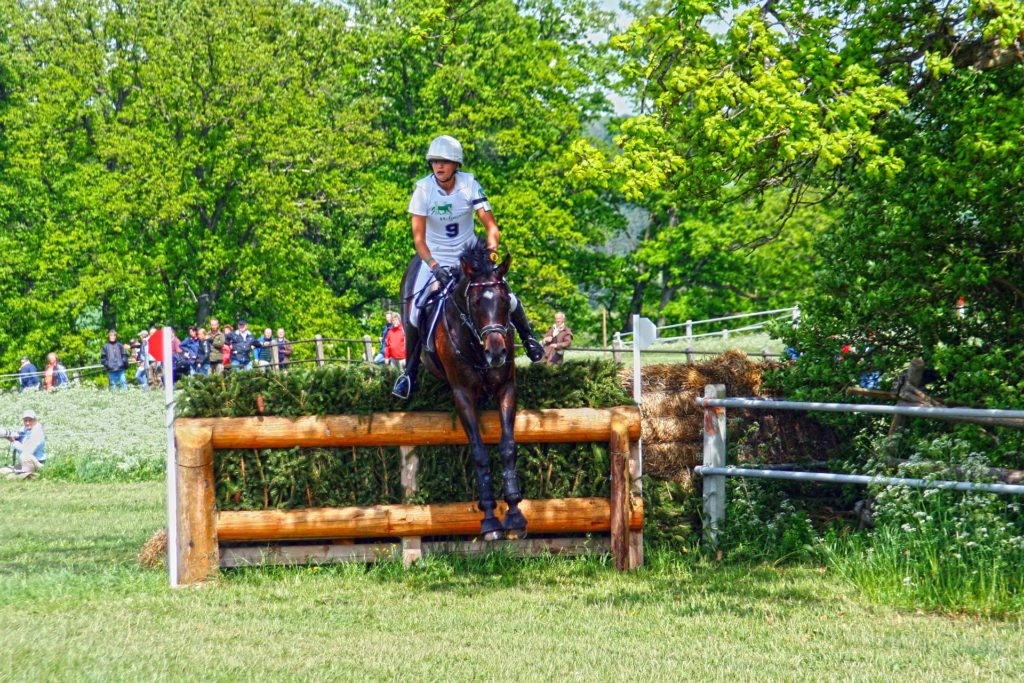
- Preserving the reserves of immediately available energy
During endurance training, the horse’s aerobic system (which uses oxygen as its main energy source) becomes more efficient. Thus, the intra-muscular energy reserves, in the form of muscle glycogen, are better preserved during moderate training, and will last longer if the effort continues over a longer period of time. With training, the horse will be able to better preserve his stocks of immediately available energy for a final or punctual acceleration.
- Improving his recovery capacity
Cardio-respiratory training also allows the development of the recovery capacity of the horse’s body in order to make it more capable of handling higher workloads.
« It is not because two horses make the same effort at the same heart rate that they are both working as hard » – Dr. J. Guillaume
Dr. Justine Guillaume has offered to share with us her secrets and advices to train your horse’s steady endurance over 3 sessions.
Steady Endurance; a sound basis for further progress
Steady endurance means soliciting the heart-lung system in order to improve the way your horse uses oxygen. Steady endurance training consists in working at specific heart rates: lower than 70% of your horse’s maximal heart rate (HRmax). Working in this range will help the horse optimize his muscles’ oxygen use, and progressively decrease his normal heart rate during exercise and at rest.
To add some fun to this exercise, do not hesitate to go outside and enjoy the perks of the environment, like drop-offs and uneven grounds that can be helpful training tools here. In addition to efficiently soliciting the horse’s cardio-respiratory system, his mind will thank you!
Session #1: « Long and Slow »
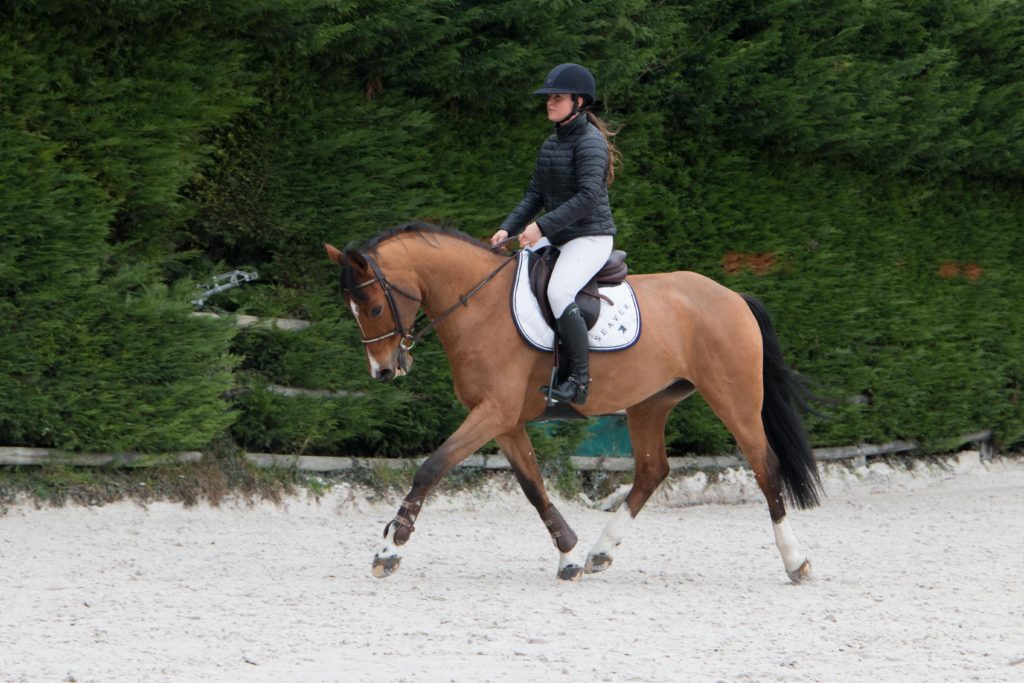
Duration: 1h-1h15, up to 1h30 after a few weeks
Start with 10 minutes of walking, followed by phases of slow trot to begin your training session. During this warm-up, it is best to work without any mechanical strains for the horse. Keep in mind that the objective is to warm up “the mechanics”.
If you are riding in an arena, do some figures like voltes and reverse voltes, and then some mobilizing exercises (haunches, shoulders) at the end of your warm-up. The goal is to make your horse available and listening to you. The best being of course to obtain this state in complete relaxation!
Continue with phases of trot at a slow/average speed (about 13-16 km/h) for 5 to 8 minutes each. The heart rate of your horse should not exceed 150-160 bpm (about 60% of his HRmax*).
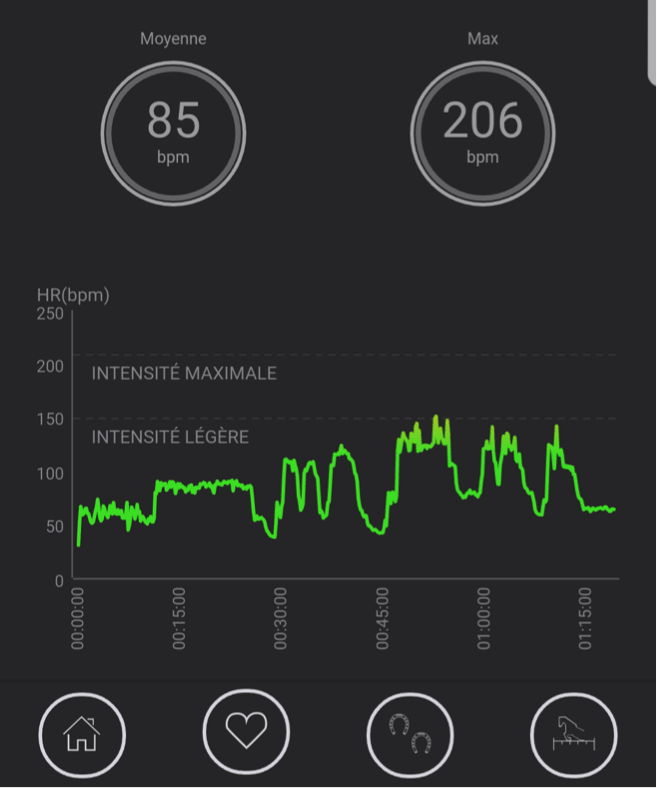
Think about allocating some time for recovery at the walk with long reins in between each trot phase. The length of these recovery phases at the walk should be of at least 2 minutes.
Then, start your canter work. Prefer slow and calm canters. Plan on having at least 3 canter phases during your session, being careful not to go faster than 23-24 km/h. If you are riding in an arena, think about varying the figures!
Finally, end your session on a recovery period. It is important to finish your trainings on a positive and relaxed note. Recovery should start with a phase of slow trot (about 10 km/h) and end with a period of walking, with long reins if possible! In winter, do not forget to cover back your horse with a quarter sheet at the walk.
Good to know!
* The maximum heat rate of a horse is usually between 195 and 240 beats per minute. The HRmax decreases with age and is specific to each horse. It is thus recommended to measure if with an effort test in order to be more accurate.
Session #2: « Climbing hills »
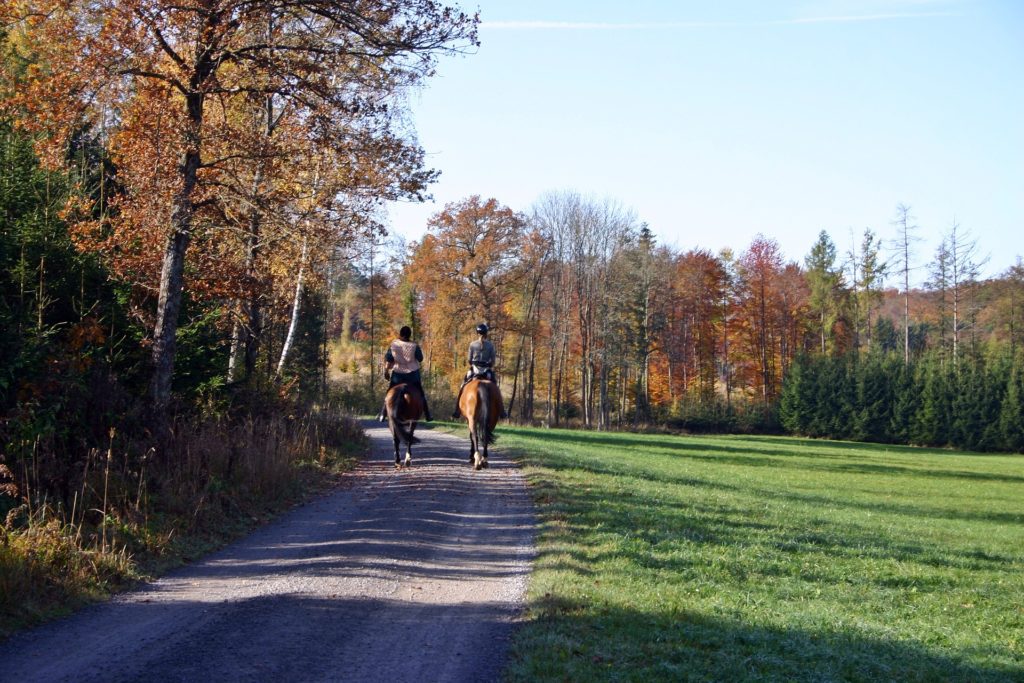
Duration: 45 minutes
You should do this training session outside! Identify a hill or a path with a slope around you - the climb should ideally be of 1km; it will be your working tool for this session.
After a warm-up phase at the walk and slow trot of 15 to 20 minutes in an arena or in a field for instance, head to that hill. During the warm-up, let your horse walk and trot without constraints. Keep in mind that the goal of this session is not to work on the technique, but rather to work on substance!
Start the hill trotting slowly (at a speed of 12-14 km/h) and try to maintain a constant speed throughout the climb.
If the physical condition of your horse does not allow you to trot the entire hill, you can divide it in three 'zones':
To evaluate this, several indicators will help you, such as the horse’s breathing, sweating, and most importantly the heart rate!
Note: even at a slow trot it is normal to observe a high increase of the heart rate during the climb (up to 180-190 bpm).
Finally, end this training as always with a recovery phase, first at the trot and then at the walk, with long reins.
Session #3: « Continuous Training »
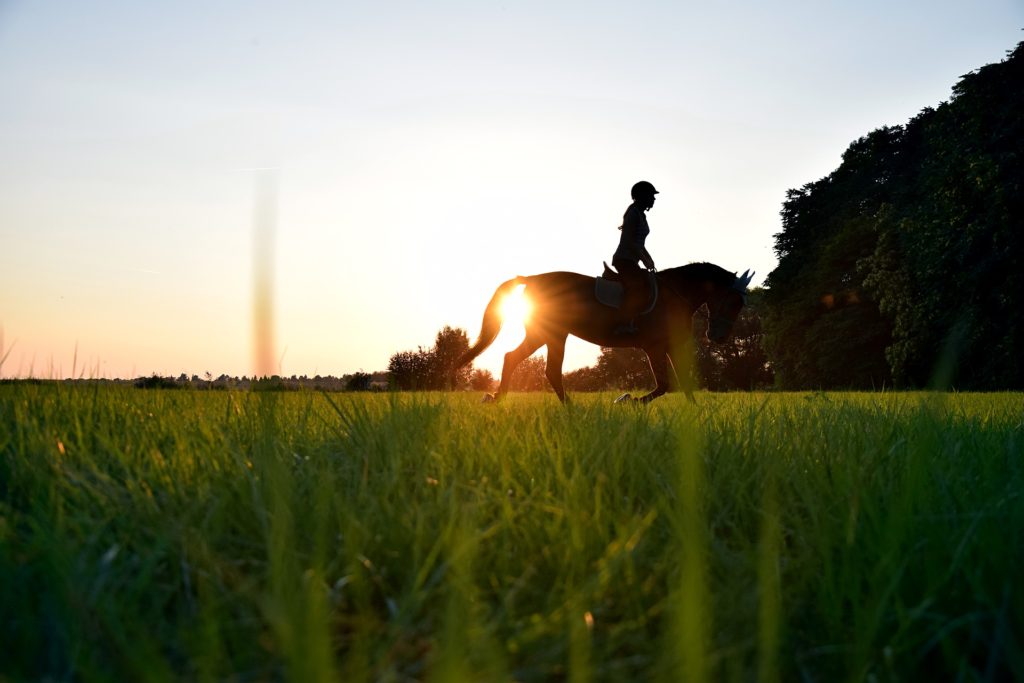
Duration: 50 minutes
This last session can be done either in an arena or outside. If you choose to go outside, try to locate an area that will allow you to trot for at least 20 consecutive minutes. If you do not have access to such space, you can of course do this part of the training in an arena.
Warm-up at the walk: start by walking your horse for 5 minutes at a ‘regular’ walk and finish this phase by one minute of active walk. If you are riding in an arena, think about varying figures (circles, exercises to mobilize the haunches and shoulders, etc.)
Then, complete two series of trot at a slow speed (< 13 km/h) for 20 minutes each. In between those two series, allocate 5-6 minutes of walk for recovery, with long reins if possible.
Finally, finish this training with a recovery phase at the walk on long reins.
Tip!
To complicate this training session, never increase the speed at which you are going! You can also do longer series of trot (23-25 minutes), or 3 series of 15 minutes.
Stay posted for another series of exercises from the same author on a different topic! 🙂
About the author...
 |
Dr. Justine Guillaume Ph.D in Equine Nutrition Equine & |
Justine Guillaume has been a horse rider and owners for 20 years. Doctor in nutrition of the athlete horse, she wished to combine the horse’s physiology during efforts, nutrition and performance in order to rationalize and objectify training.
Today, Executive Assistant to the Director and Head of Scientific and Technical Affairs at Pommier Nutrition, producer and distributor of horse supplements, she developed Equine Performance Solutions; a support and coaching aid for the physical preparation of horses.
« Physical preparation is not just massages and care for well-being. It is much more than that! It is above all preparing the body to perform while maintaining the horse’s physical integrity. It is a complementary activity that must help trainers better know their athletes and understand whether their trainings are efficient. »
For her, physical preparation is most importantly evaluating the horse and his physical qualities from effort tests that will enable us to know if the training is indeed efficient, and if the horse is improving or if he is over/under trained…
« The new connected devices now allow us to access a small part of the ‘inside’ of horses; a mine of information! » - Dr. J. Guillaume